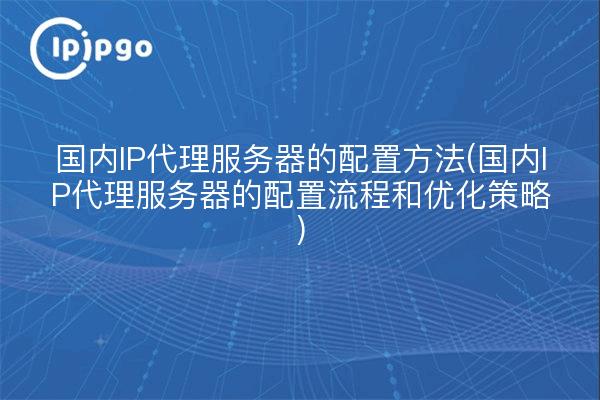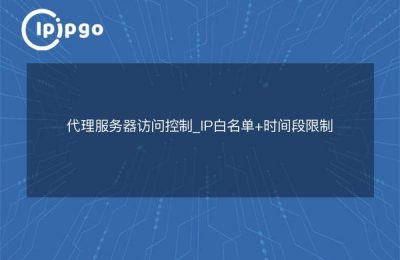
Configuration process of domestic IP proxy server
Before proceeding with the configuration of a domestic IP proxy server, you first need to make sure that you have acquired the required proxy server resources and have some network knowledge. The following is the procedure for configuring a domestic IP proxy server:
1. Choose a suitable server: first of all, you need to choose a stable, high-speed server, you can choose a domestic cloud server or web hosting.
2. Operating system installation: Install a suitable operating system on the server, such as CentOS, Ubuntu, etc., and perform initial system configuration.
3. Installation of proxy software: Next you need to install the appropriate proxy software, common ipipgo, ipipgo, etc., according to the actual needs of the selection of the appropriate software.
4. Configure the agent software: According to the requirements of the agent software, configure accordingly, including port settings, encryption methods, etc.
5. Fire Protection Settings: Configure fire protection rules to allow proxy software ports to communicate.
6. Test the proxy server: After completing the above steps, test the proxy server to ensure that the proxy can be used normally.
Optimization Strategies for Domestic IP Proxy Servers
In addition to the basic configuration process, there are a number of optimization strategies that can be performed to improve the performance and stability of the proxy server:
1. Server positioning: choose the right server location, such as choosing a server closer to your area can improve access speed.
2. Bandwidth optimization: Ensure that the server has enough bandwidth to avoid slow access due to insufficient bandwidth.
3. Network Stability: Ensure that the server's network is stable to avoid unstable proxy connections due to network jitter.
4. Security settings: Enhance the security settings of the server to avoid malicious attacks or illegal use.
The above configuration process and optimization strategies can help users better build and manage domestic IP proxy servers and improve the stability and performance of the proxy experience.








